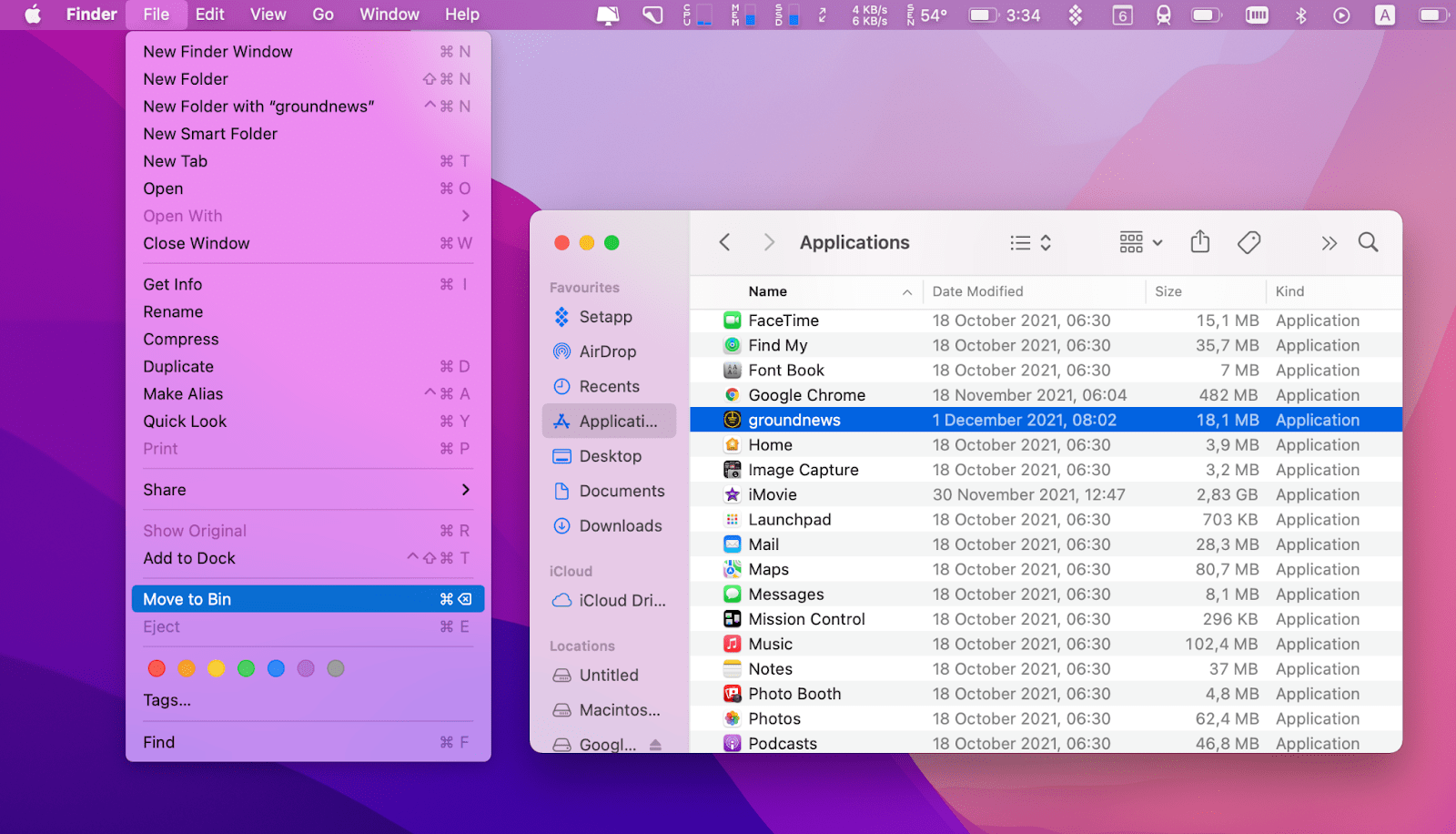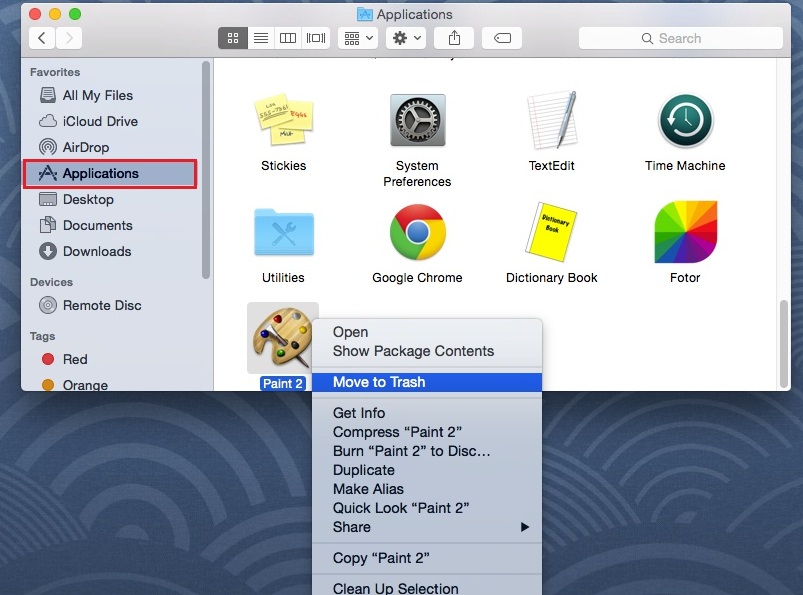

- #DELETE PROGRAMS ON MAC HOW TO#
- #DELETE PROGRAMS ON MAC FOR MAC#
- #DELETE PROGRAMS ON MAC MAC OS#
- #DELETE PROGRAMS ON MAC MANUAL#
- #DELETE PROGRAMS ON MAC MAC#
Preference files normally reside in one of two locations:Īs an example, the popular image editing app Pixelmator stores numerous preference files in your Library folder, with names like .plist Additional Files: SUPPORT FILESĪn application’s support files are often much larger than preferences files, especially for multimedia apps like GarageBand. The benefit of leaving them in place is that if you decide to reinstall the application later on, your current user preferences should still be intact.
#DELETE PROGRAMS ON MAC MAC#
These files are usually quite small so they can safely be left on your Mac without causing any serious issues or taking up too much space. Additional Files: PREFERENCESĮvery application keeps its preferences in a file with a.

#DELETE PROGRAMS ON MAC HOW TO#
Before we describe how to remove these redundant files using Finder, here’s a brief rundown on each. Uninstalling Apps and Additional Files Using Finderĭeleted applications can leave behind umpteen preferences files, support files, logs, caches and other miscellaneous content. This just saves you having to find the application icon again, so you don’t have to re-add it to the Dock. TIP: when you remove an item from the Dock – if you change your mind but are already in the process of moving it, then without letting go of the mouse just tap the escape key to cancel the action so that the icon automatically returns to its original position. To remove an app from the Dock, just drag it towards the desktop and let go – the icon disappears and the Dock automatically move adjacent icons as appropriate. How to Remove an App Icon From the DockĪpplications can be removed from the Dock easily, but the app is not actually deleted – it remains on your computer and can be opened as normal. Refer to the section entitled Uninstalling Apps and Additional Files Using Finder. Now that the application has been successfully uninstalled, it’s advisable to check for any remaining files that may have been left behind. Use Activity Monitor to ensure an app is not running when you remove it
#DELETE PROGRAMS ON MAC MAC OS#

This tutorial explains how to completely remove a program manually.
#DELETE PROGRAMS ON MAC MANUAL#
Always remember that before you delete any app, read its user manual or README files carefully to check if it has an automatic uninstaller, or any special manual steps that must be taken to fully remove the app and all its traces.ĭespite the availability of “cleaner” utilities that promise to completely remove unwanted applications and optimise your computer, they are not essential as the procedure is really quite simple. OS X Lion provides an even simpler and almost foolproof method to uninstall apps, which is covered at the end of this tutorial.
#DELETE PROGRAMS ON MAC FOR MAC#
Occasionally, it’s desirable to uninstall unwanted or troublesome apps, or simply those which are taking up too much disk space and cluttering up your hard drive. Uninstalling applications in all versions of Mac OS X can be accomplished with relative ease, especially compared to Windows which has an established but somewhat old-fashioned method of adding or removing programs using the control panel.įortunately for Mac users, the vast majority of applications can simply be moved to the Trash and deleted with no repercussions in most cases deleting an application’s executable file is equivalent to uninstalling it, and deleted apps tend not to leave behind much in the way of preference files or settings.

Many Mac users will have dozens or even hundreds of apps installed on their computer.


 0 kommentar(er)
0 kommentar(er)
